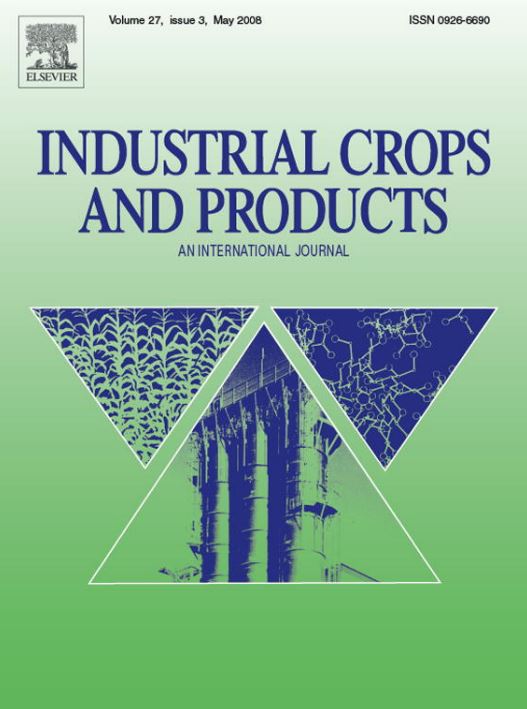Abstract
The incidence of Hop latent viroid (HLVd) affecting cannabis plants in licenced production facilities in Canada during 2020–2023 was determined by RT-PCR analyses of 15 947 samples from nine provinces. Positive detection ranged from 5.3% to 92% of samples submitted, depending on province and year of sampling. The average country-wide HLVd infection incidence was 25.6%. Symptoms on affected plants varied with plant growth stage, and ranged from asymptomatic to mild leaf curl and mottling on stock (mother) plants and on vegetative plants, to extreme stunting and reduced inflorescence development on flowering plants. All symptomatic and some asymptomatic plants contained a 256 nucleotide RNA fragment with 100% sequence homology to HLVd from GenBank. The viroid was detected in various tissues of stock, vegetative, and flowering plants, including the uppermost leaves, at middle and lower positions in the canopy, and in the roots. The incidence of infection varied with the cannabis genotype. Flowering plants displayed yellowing or darkening of inflorescence leaves surrounding the pistillate flowers. Reductions of 12–42% in inflorescence stem lengths, fresh weights, and plant heights were observed in infected plants compared to noninfected plants, depending on the genotype. Levels of tetrahydrocannabinol (THC) and terpenes in diseased inflorescences were also significantly lower. The development of glandular trichomes which produce and store cannabinoids and terpenes was greatly reduced by HLVd infection. The affected trichomes had shorter stalk lengths and smaller glandular head sizes, and appeared shrivelled upon drying of the inflorescences. Hop latent viroid poses a significant economic threat to the cannabis industry.


